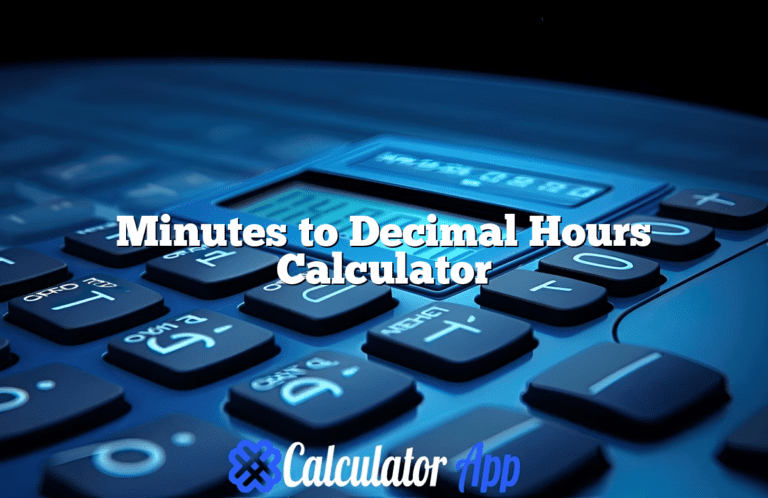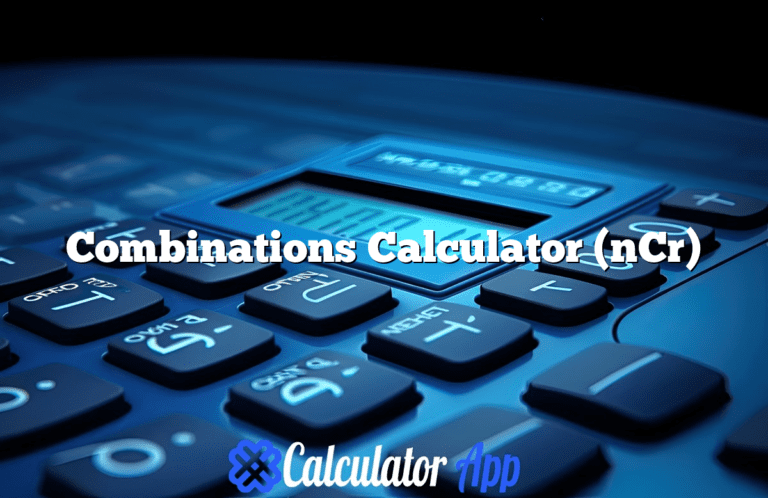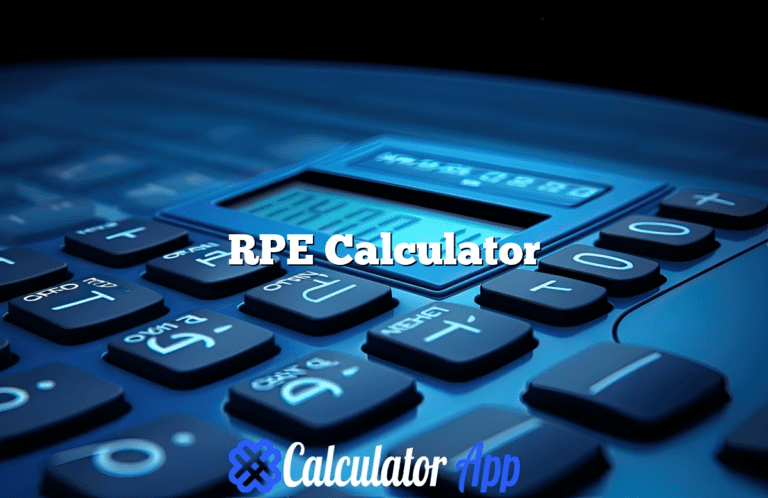Advanced Batting Average Calculator
Player Statistics
Understanding Batting Averages: The Essential Guide for Baseball Enthusiasts
Introduction
Baseball, often dubbed America’s pastime, holds a special place in the hearts of many. Its intricate statistics, rich history, and the sheer excitement of the game have captivated audiences for generations. Among the myriad of metrics that define a player’s performance, batting average stands out as one of the most significant statistics in baseball. It provides a quick snapshot of a player’s hitting ability and is crucial in assessing their overall contribution to a team.
In this comprehensive guide, we will delve into the concept of batting averages, explore how to use the Batting Average Calculator, discuss the importance of various metrics, and provide tips for improving hitting performance. This article aims to equip players, coaches, and fans with the knowledge necessary to better understand and utilize batting averages in baseball.
What is Batting Average?
Batting average (BA) is a statistic in baseball that measures a player’s hitting performance. It is calculated by dividing the number of hits by the number of at-bats. The formula for calculating batting average is:
Batting Average (BA) = Hits / At-Bats
For example, if a player has 75 hits in 300 at-bats, their batting average would be calculated as follows: (See Also: International Normalized Ratio (INR) Calculator)
BA = 75 / 300 = 0.250
This means that the player gets a hit 25% of the time they come to bat, which is considered a respectable figure in the competitive world of baseball. Understanding batting averages is essential for players and coaches alike, as it reflects a player’s effectiveness at the plate.
The Importance of Batting Average
- Performance Indicator: Batting average serves as a direct indicator of a player’s hitting ability. Higher averages generally reflect better performance, while lower averages may signal struggles at the plate.
- Comparative Analysis: It allows for comparison between players. Fans, analysts, and coaches can use batting averages to evaluate players’ performances over time or within a season, facilitating discussions about their relative strengths and weaknesses.
- Decision-Making: Coaches rely on batting averages to make strategic decisions regarding lineups, matchups against opposing pitchers, and potential trades. A player’s batting average can influence their role on the team.
- Historical Context: Batting averages provide a historical perspective on the game. Legendary players like Ted Williams, who achieved a career average of .344, and Tony Gwynn, with a .338 average, are often compared using this metric. Their batting averages have become part of baseball folklore, illustrating their greatness.
How to Use the Batting Average Calculator
Our advanced Batting Average Calculator is designed to make it easy for players, coaches, and fans to compute various hitting statistics. Here’s a step-by-step guide on how to effectively use the calculator:
- Input Player Data: Start by entering the player’s name and relevant hitting statistics, including:
- Hits: Total number of hits the player achieved.
- At-Bats: Total number of times the player batted.
- Walks: Number of times the player walked, contributing to their On-Base Percentage (OBP).
- Hit By Pitch: Times the player was hit by a pitch.
- Sacrifice Flies: Times the player successfully advanced a runner while making an out.
- Total Bases: Total bases the player earned, including singles, doubles, triples, and home runs.
- Calculate: Once all the data is entered, simply click the “Calculate” button. The calculator will generate the following statistics:
- Batting Average (BA)
- On-Base Percentage (OBP)
- Slugging Percentage (SLG)
- On-base Plus Slugging (OPS)
- View Results: The results will be displayed on the screen, providing a comprehensive overview of the player’s hitting performance. A visual chart will accompany the results, allowing for easy comparison of various metrics.
- Reset Functionality: If you want to clear the previous data and start anew, simply click the “Reset” button, which will restore the calculator to its preset state, including sample data for reference.
Key Metrics Beyond Batting Average
While batting average is a critical statistic, it does not tell the whole story. Here are additional metrics you should consider: (See Also: Dunk Calculator)
- On-Base Percentage (OBP): This metric includes hits, walks, and times hit by pitch. It reflects a player’s ability to get on base, making it a vital statistic for evaluating offensive contributions.OBP = (Hits + Walks + Hit by Pitch) / (At-Bats + Walks + Hit by Pitch + Sacrifice Flies)OBP provides a more complete view of a player’s effectiveness at reaching base.
- Slugging Percentage (SLG): This statistic measures the power of a hitter by calculating the total number of bases a player records per at-bat. It rewards players for extra-base hits like doubles and home runs.SLG = Total Bases / At-BatsSlugging percentage helps identify players who not only get hits but also contribute significantly to scoring through powerful hits.
- On-base Plus Slugging (OPS): This combines OBP and SLG to provide a comprehensive view of a player’s overall offensive performance. It helps identify the most productive hitters.OPS = OBP + SLGOPS is a valuable tool for evaluating players’ offensive contributions as it encapsulates both their ability to reach base and their power.
- Weighted On-Base Average (wOBA): This advanced metric assigns different weights to different types of hits, providing a more nuanced view of a player’s offensive contributions.wOBA considers the value of each type of hit (single, double, triple, home run) and adjusts the formula to provide a more accurate picture of a player’s overall performance.
Understanding Variability in Batting Averages
Batting averages can fluctuate due to various factors, making it essential to consider the context when evaluating a player’s performance:
- Sample Size: A player’s batting average can be misleading early in the season or over a few games. As the season progresses, averages become more reliable indicators of performance. Players might have hot or cold streaks, impacting their averages in the short term.
- Opposing Pitchers: Matchups against stronger or weaker pitchers can affect a player’s performance. Analyzing a player’s averages against different pitching styles can provide deeper insights into their capabilities.
- Injury and Fatigue: Players dealing with injuries or fatigue may struggle to maintain their averages, leading to lower performance levels. Coaches need to monitor players’ health closely to optimize their performance.
- Team Dynamics: A player’s performance can also be influenced by team dynamics, including the effectiveness of teammates in getting on base or driving in runs. A player may have a high average but may not contribute to team success if other players fail to capitalize on their hits.
- Environmental Factors: Conditions such as weather, field size, and altitude can impact a player’s hitting performance. For instance, playing in a high-altitude stadium like Coors Field can lead to inflated batting averages due to the thinner air.
Improving Batting Average: Tips for Players
Improving a batting average requires focus, practice, and a deep understanding of hitting mechanics. Here are some actionable tips for players looking to enhance their performance at the plate:
- Focus on Mechanics: Work with coaches to refine your batting stance, grip, and swing mechanics. Consistent practice can lead to improved hitting accuracy. Developing muscle memory through repetitive drills is key to success.
- Study Pitchers: Understand the tendencies of pitchers you will face. Watching game film and analyzing their pitch types and locations can help you anticipate and react better during at-bats. Knowing a pitcher’s favorite pitch can give you a significant advantage.
- Improve Plate Discipline: Develop a keen eye for the strike zone. Knowing when to swing and when to take a pitch can greatly enhance your OBP and overall effectiveness. Focus on distinguishing between balls and strikes, and practice recognizing pitches early.
- Work on Timing: Hitting is all about timing. Practice drills that improve your timing with pitches to ensure solid contact and better results. Working with a pitching machine can help simulate game-like conditions.
- Physical Conditioning: Maintain physical fitness to improve agility and strength. Stronger players often have more power, leading to better performance and higher slugging percentages. Incorporate strength training and agility drills into your routine.
- Mental Approach: Develop a positive mindset. Confidence can significantly impact a player’s performance at the plate, helping them to stay relaxed and focused. Visualization techniques can help you mentally prepare for at-bats.
- Set Goals: Set achievable goals for your batting average and other metrics. Having clear targets can motivate you to work harder and track your progress over time. Break down larger goals into smaller, manageable steps.
- Practice Situational Hitting: Practice hitting in various game situations to become more adaptable. Understanding how to approach different situations, such as a runner on third with less than two outs, can enhance your effectiveness as a hitter.
The Role of Technology in Improving Batting Performance
In today’s game, technology plays an increasingly crucial role in player development. Here are some ways technology can aid in improving batting averages:
- Video Analysis: Coaches and players can use video analysis to study swing mechanics and make necessary adjustments. This can be done by comparing a player’s swing to that of successful hitters. Identifying areas for improvement can lead to significant gains in performance.
- Launch Angle and Exit Velocity: Technologies that measure launch angle and exit velocity can help players understand their hitting effectiveness. Higher exit velocities typically correlate with better outcomes, leading to more extra-base hits and home runs.
- Wearable Technology: Devices like smart sensors can track swing metrics and provide real-time feedback to players and coaches. This data can be invaluable for making informed adjustments to improve performance.
- Simulation Software: Virtual reality and simulation software can help players practice their hitting in a controlled environment. This technology allows for repetition and familiarization with different pitch types and game scenarios without the risk of injury.
Conclusion
Batting averages are an essential part of the baseball landscape, serving as a fundamental metric for evaluating a player’s offensive capabilities. Understanding how to calculate and interpret batting averages, along with other related statistics, is vital for players, coaches, and fans.
By utilizing our Batting Average Calculator and applying the tips and strategies discussed in this guide, players can work towards improving their hitting performance and, ultimately, their contributions to their teams. As you engage with the world of baseball, remember that every hit counts, and a focus on the fundamentals can lead to significant improvements in batting average and overall performance.






